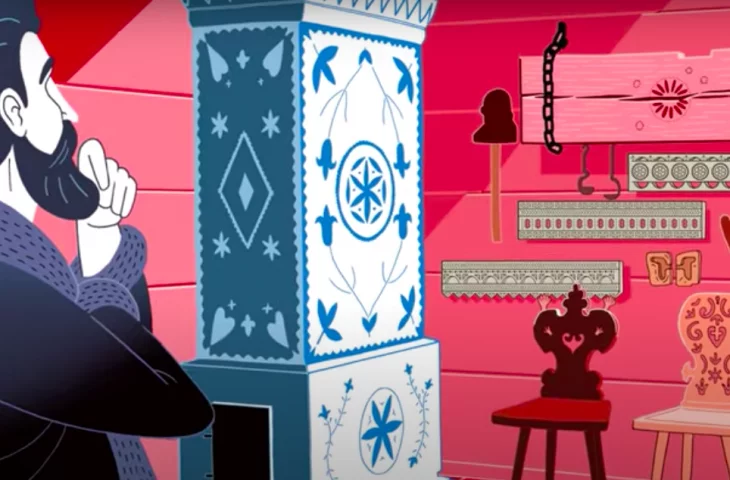Looking at the outstanding history of Polish design is gaining wider and wider circles, as more and more publications and exhibitions are being created on the subject, and design specimens, whether original or inspired, are also increasingly finding their way into both public and private interiors. Who among us wouldn't want to have a cult armchair 366 designed by Józef Chierowski, tableware from Ćmielów or a Mono chaise longue by Tomek Augustyniak? But good Polish design is not only the 1960s and upwards, because we are most likely to draw from those periods, but also a much earlier time.
A wider audience has recently been introduced to the history of Polish design , for example through the opening of the Gallery of Polish Design by the National Museum in Warsaw in 2017, the famous exhibition "On the other side of things. Polish Design after 1989" at the National Museum in Krakow in 2018, exhibition activities undertaken at the former Cracovia Hotel, which is now part of the MNK, or the planned opening of the Gallery of Polish Design of the 20th and 21st centuries at the Szołayski House - also a branch of the MNK - this year. But it is not only in the area of exhibitions, publications or design that Polish design triumphs, it is also available in various forms on the Internet, where it can be viewed and often purchased at a very affordable price.
substantive content and great illustrations
A very interesting proposition is the animated series Ko-lekcje. History of Polish Design produced by ONTO Studio as part of the ministerial program Culture on the Web, which reaches back to Polish design from the turn of the 19th and 20th centuries, starting the narrative with the famous Zakopane style and the figure of Stanislaw Witkiewicz.
The series so far consists of three episodes and a teaser, with Bartłomiej Świderski in charge of directing, while Kaja Nosal and Anna Wręga are the authors of the script. The content here is given in a very substantive, attractive and condensed way, as the length of each episode (more are announced) is a little over five minutes. However, what is most delightful are Adam Wojcicki's illustrations animated by Tomasz Bar and Marek Kramarczyk. They are part of the best tradition and contemporary reception of Polish illustration, which has been experiencing a real renaissance for a good few years now and probably never before aroused such interest, as Patryk Mogilnicki writes about in the delightfully published by Karakter book Nie ma się co obrażać. The New Polish Illustration. Anyway, the relationship of design and illustration in great form is also given in the Illustrated primer of Polish design by Ewa Solarz, Agnieszka Kowalska and Agata Szydłowska, where 100 iconic designs are illustrated by 25 illustrators and illustrators, presenting both a selection of objects and their unique illustrative style.
chairs are not for sitting comfortably
In Ko-lekcje we find another example of this creative trend for restoring Polish design and educating about it. From the Zakopane style and the famous Witkiewicz villas, we wander to Wyspianski's Krakow, starting with his design of the interior, furniture, staircase and stained-glass Apollo (Copernicus System) for the Cracow House of the Medical Society, and ending with the design of furniture for the Żeleński salon. They were an absolute design hit of their time, but it was no secret among the Krakow society that they were nightmarishly uncomfortable. Of course, Wyspianski, with his usual charm and perversity, snorted and replied that it was a deliberate measure to keep guests from sitting too long when they visited.
opening to polish design
Theco-lectures are by no means a proposal only for the younger audience, as they are a great reminder or supplement of existing knowledge for everyone, and perhaps an opening to a whole new world of Polish design. This is an excellent example of how to give the substantive content in an extremely attractive, contemporary form, inviting the participation of a variety of artists, and fitting in with international trends for this type of format. After all, it's not only about what we can learn, but also how this knowledge will be applied to us. Giving voice to Tadeusz Boy-Żeleński, who is quoted at the end of the first episode:
Dear God! Think, after all, in your unheard-of goodness, that we live today in the world in the age of applied art! Today when the whole world evaluates the aesthetic importance of form, this condition is unbearable and directly screams for reform!














